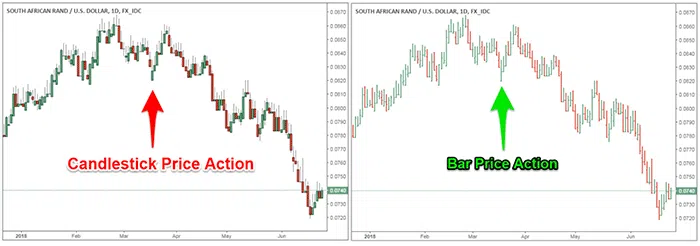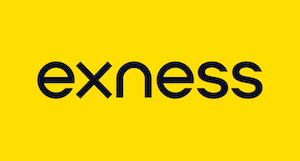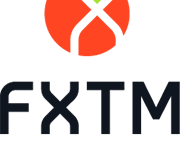-
Best Forex Brokers
Our top-rated Forex brokers
-
NGN Trading Accounts
Save on conversion fees
-
Brokers for Beginners
Start trading here
-
Forex Demo Accounts
Learn to trade with no risk
-
ECN Brokers
Trade with Direct Market Access
-
No-Deposit Bonuses
Live trading with no deposit
-
High Leverage Brokers
Extend your buying power
-
Lowest Spreads Brokers
Tight spreads and low commissions
-
Islamic Account Brokers
Best accounts for Muslim traders
-
Market Maker Brokers
Fixed spreads & instant execution
-
MetaTrader 4 Brokers
The top MT4 brokers in Nigeria
-
MetaTrader 5 Brokers
The top MT5 brokers in Nigeria
-
TradingView Brokers
The top TradingView brokers
-
cTrader Brokers
The top cTrader brokers in Nigeria
-
Forex Trading Apps
Trade on the go from your phone
-
Copy Trading Brokers
Copy professional traders
-
All Trading Platforms
Find a platform that works for you
- Price action is the movement of an instrument’s price over time.
- Price action trading is when traders analyse the historical change in an instrument’s price to identify future trading opportunities.
- Price action trading relies heavily on chart-based analysis – it is a technical trading method, in stark contrast to trading using fundamental macroeconomic trends.
Price Action Trading Strategy
The most common price action trading strategy is using price bars on a chart, such as candlesticks, to analyse the high and low price levels of an instrument over time. Essentially, this is the analysis of what all the other market participants, both buyers and sellers, are doing.
There are two types of bars that plot price action. Which price action bar charts you use is a matter of personal preference and trading style. They are:
- OHLC bars (Open, High, Low, Close)
- Candlesticks

Typically a bullish bar (or bullish candlestick) is created when the closing price is higher than the opening price, and a bearish bar (or bearish candlestick) is created when the closing price is lower than the opening price.
If the closing price is lower than the opening price (a bearish candlestick) then the majority of market participants are selling the instrument. If you decide to sell the same instrument based on this information you are using a price action trading strategy.
This is the most basic example of how price action trading strategy works. It is so common that new traders will employ this method without even realising they are using a price action strategy.
Like many things in Forex trading, price action strategy can become more complex and there are dozens of price action strategies of varying levels of sophistication. Some of the more popular price action trading strategies are:
- Commodity Channel Breakouts
- Multiple Time Frame Analysis
- Turn Trade Strategy
- Memory of Price Strategy
- Fade a Move Strategy
The Psychology Behind Price Action
Price action traders believe that market psychology is the main driver of price: They believe that there are many fundamental and technical reasons for price movement, but that ultimately it’s all about the traders reactions to developments.
Price action often gives an overview of people’s emotions. Fear, greed and market expectations are the elements that compose the overall sentiment of the market and this in turn will lead to patterns in market behaviour. Price action trading often works because a price chart shows market behaviour.
By studying price action, we can get a detailed view of the buying and selling power that goes into the markets. Since price action is an accurate representation of supply and demand on the market, it’s used by retail traders, institutional traders, banks, and multi-billion dollar hedge funds.
Conclusion
Technical traders rate price action trading very highly, as they believe that it puts them in the best position to make more profitable trades.
It takes time and experience to master price action trading but with the right price action analysis, traders can often anticipate market movements and trade the price fluctuations.
The great advantage to price action trading is it’s versatility. It can be used regardless of the direction of the market, and it can be used with any traded market, be it equities, commodities, cryptocurrencies or Forex pairs.
Session expired
Please log in again. The login page will open in a new tab. After logging in you can close it and return to this page.
































